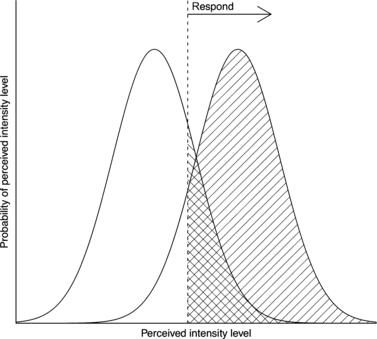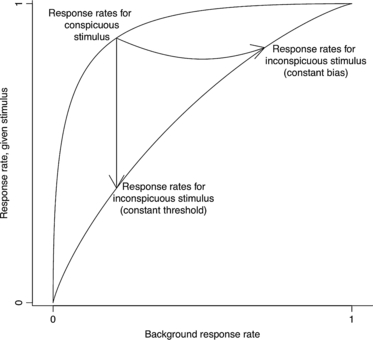Evolution and behavioural responses to human-induced rapid environmental change
- PMID: 25567979
- PMCID: PMC3352552
- DOI: 10.1111/j.1752-4571.2010.00166.x
Evolution and behavioural responses to human-induced rapid environmental change
Abstract
Almost all organisms live in environments that have been altered, to some degree, by human activities. Because behaviour mediates interactions between an individual and its environment, the ability of organisms to behave appropriately under these new conditions is crucial for determining their immediate success or failure in these modified environments. While hundreds of species are suffering dramatically from these environmental changes, others, such as urbanized and pest species, are doing better than ever. Our goal is to provide insights into explaining such variation. We first summarize the responses of some species to novel situations, including novel risks and resources, habitat loss/fragmentation, pollutants and climate change. Using a sensory ecology approach, we present a mechanistic framework for predicting variation in behavioural responses to environmental change, drawing from models of decision-making processes and an understanding of the selective background against which they evolved. Where immediate behavioural responses are inadequate, learning or evolutionary adaptation may prove useful, although these mechanisms are also constrained by evolutionary history. Although predicting the responses of species to environmental change is difficult, we highlight the need for a better understanding of the role of evolutionary history in shaping individuals' responses to their environment and provide suggestion for future work.
Keywords: anthropogenic stressors; behaviour; detection theory; ecological traps; environmental change; exotic predators; habitat loss; sensory ecology.
Figures





References
-
- Amo L, Lopez P, Martin J. Wall lizards combine chemical and visual cues of ambush snake predators to avoid overestimating risk inside refuges. Animal Behaviour. 2004;67:647–653.
-
- Andersen M, Aaars J. Short-term behavioral response of polar bears (Ursus maritimus) to snowmobile disturbance. Polar Biology. 2008;31:501–507.
-
- Andres S, Ribeyre F, Tourencq J-N, Boudou A. Interspecific comparison of cadmium and zinc contamination in the organs of four fish species along a polymetallic pollution gradient (Lot River, France) The Science of The Total Environment. 2000;248:11–25. - PubMed
-
- Baker BJ, Richardson JML. The effect of artificial light on male breeding-season behaviour in green frogs, Rana clamitans melanota. Canadian Journal of Zoology. 2006;84:1528–1532.
-
- Baldwin JM. A new factor in evolution. American Naturalist. 1896;30:441–451. 536–553.
LinkOut - more resources
Full Text Sources

